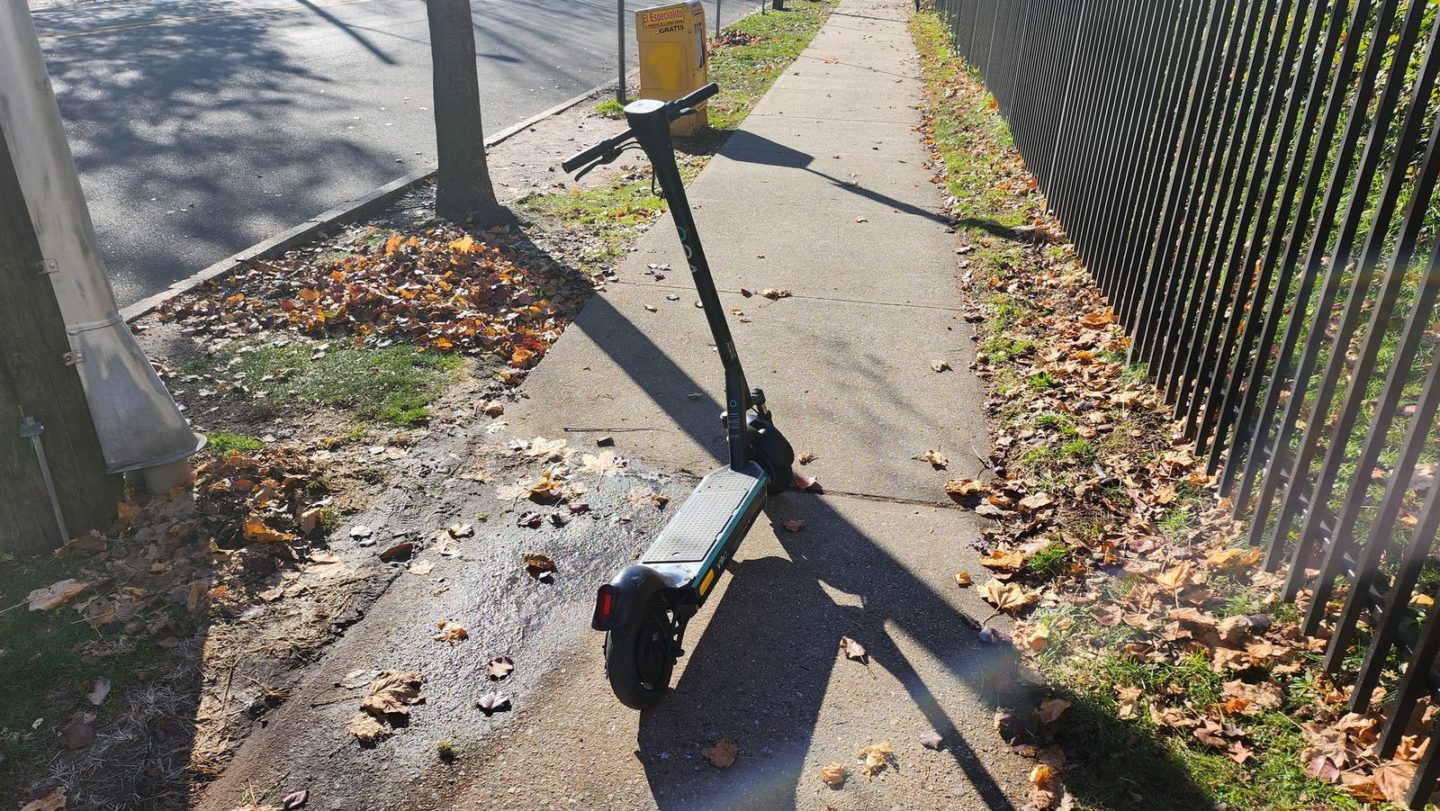
Guest post by R. Ballantine.
I will admit, I don’t remember exactly when they began to appear on Newark’s streets. It was a hot summer’s day at Military Park, I was making my way from the bus stop to the corner of Raymond and Broad when I first saw them. Clustered in groups, sprinkling themselves about the park’s expansive pavements.
At first, they seemed to have been confined to the park only, then I began to see them by Penn Station, by Broad Street Station, and finally like an invasive weed I began to see them everywhere. They are indiscriminately found in the middle of tight residential sidewalks, besides isolated corners of McCarter Highway, and crestfallen on the ground or on top of piles of garbage.
Comparing them to an invasive species was apt, I remember their appearance conflating around the same time the spotted lanternflies began to be reported as a major problem. Even if Newark’s concurrent invasion of lanternflies and e-scooters is nothing more than a coincidence, there is a distinct difference between one and the other, the former was unintentional, the latter was pre-meditated.
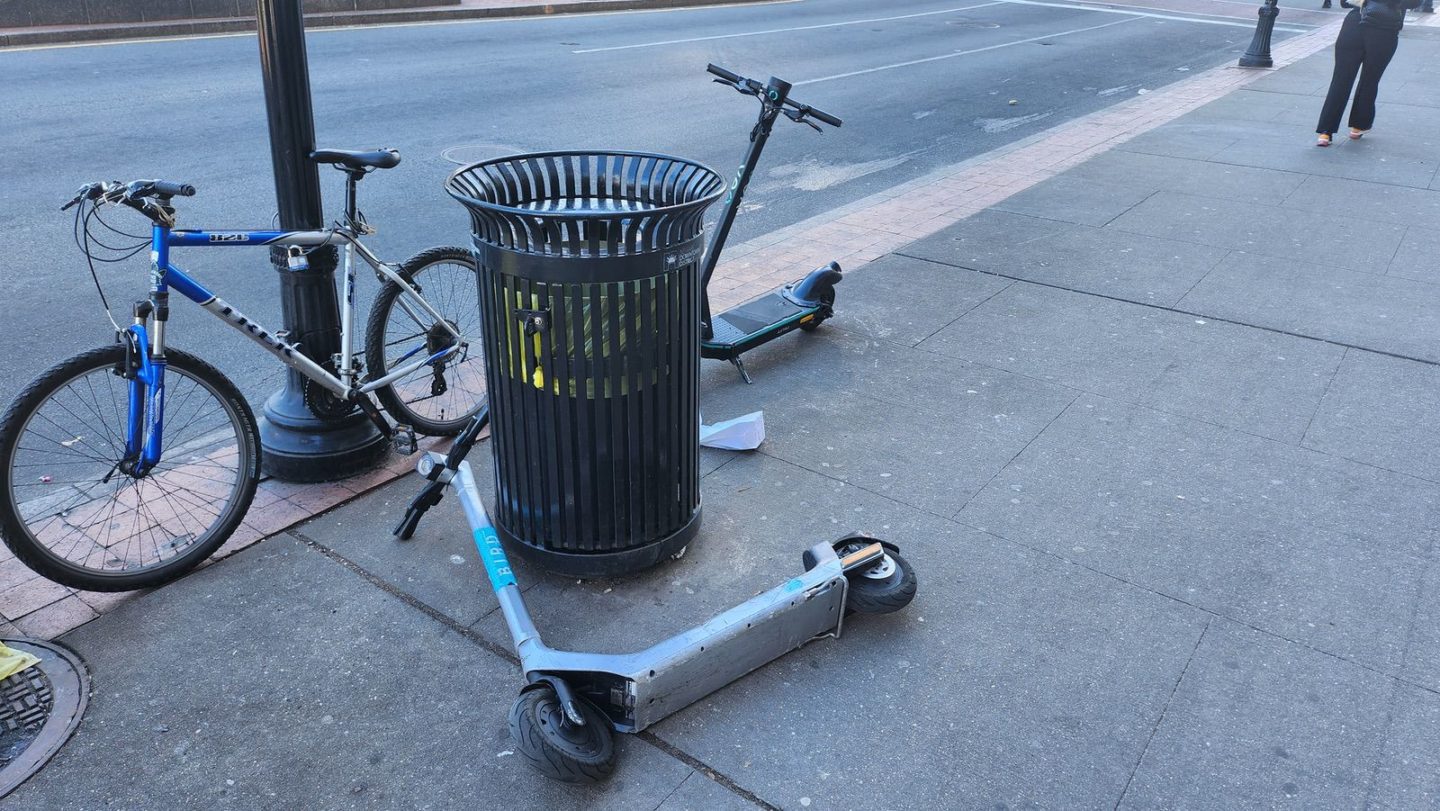
Rentable, dockless, e-scooters were first introduced to the United States in 2017, they were riding high on the wave of disruptive tech start-ups backed by venture capital, hoping to become the next Uber or WeWork. What made this possible was the rapid advancement of lithium battery technology followed by a steep drop in manufacturing costs. These companies began testing this concept in California, followed by various trials across the country and in Europe.
What followed was a backlash against e-scooters by the respective citizens of whatever cities they appeared in. When e-scooters were not outright banned from public streets as they were in San Francisco, London, and Paris, they were vandalized. Beaten with bats, tossed from overpasses, thrown into lakes and rivers… acts of defacement gleefully posted by contemptuous youths on social media.
Citizens attending town hall meetings vented their frustration at e-scooter riders crashing into pedestrians at high speed, resulting in hospitalizations and broken bones. The companies behind these e-scooters claim their product is an environmentally friendly means to get about, they fail to mention that the battery’s lifespan barely lasts 5 months (in good weather) and that the burnt-up lithium batteries will only add to the toxic slurry of chemicals found in our landfills.
It is almost as if Silicon Valley operates in a world where the bicycle was never invented.
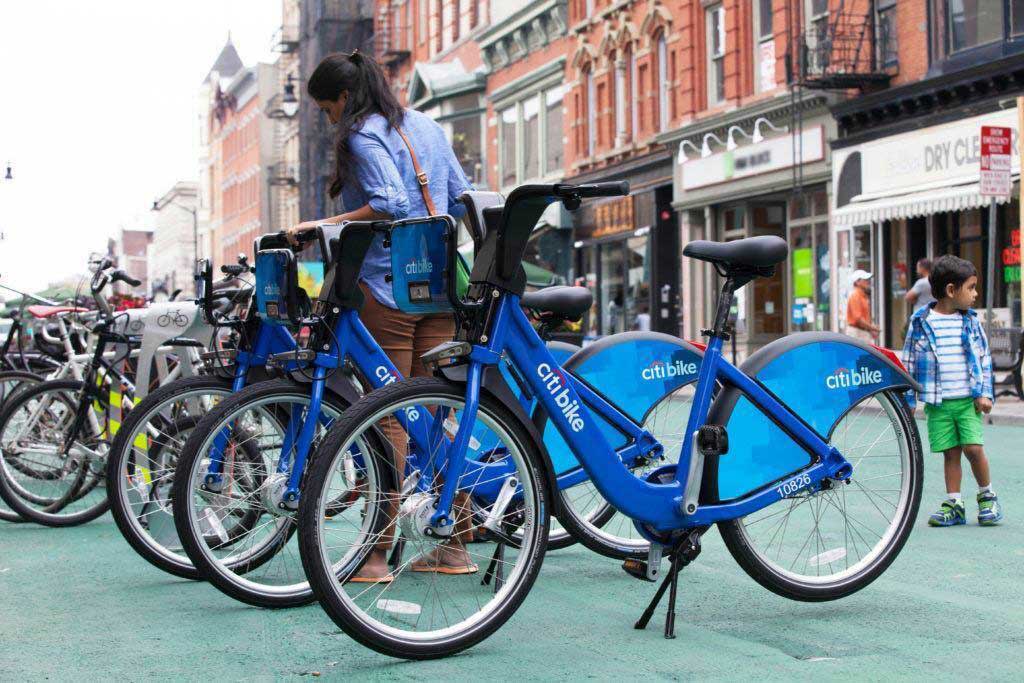
And how does this relate to Newark you may ask? Simple… these “mobility” companies realized that when it comes to cities with efficient public transit and robust cycling infrastructure, they could never be profitable. Those cities and their respective governments choose to spend millions in taxpayer funds to ensure their cities are accessible to all walks of society.
Newark, unfortunately, suffered the indignity of having its public transit system gutted… these companies make their profits from the holes left behind by state-run public transit entities, whose primary concerns are to serve affluent car-centric suburbs rather than mobility-deprived urban centers. These companies know that their wealth will not come from cities like Vienna, Amsterdam, and Singapore… but from Newark, Detroit, and Los Angeles.
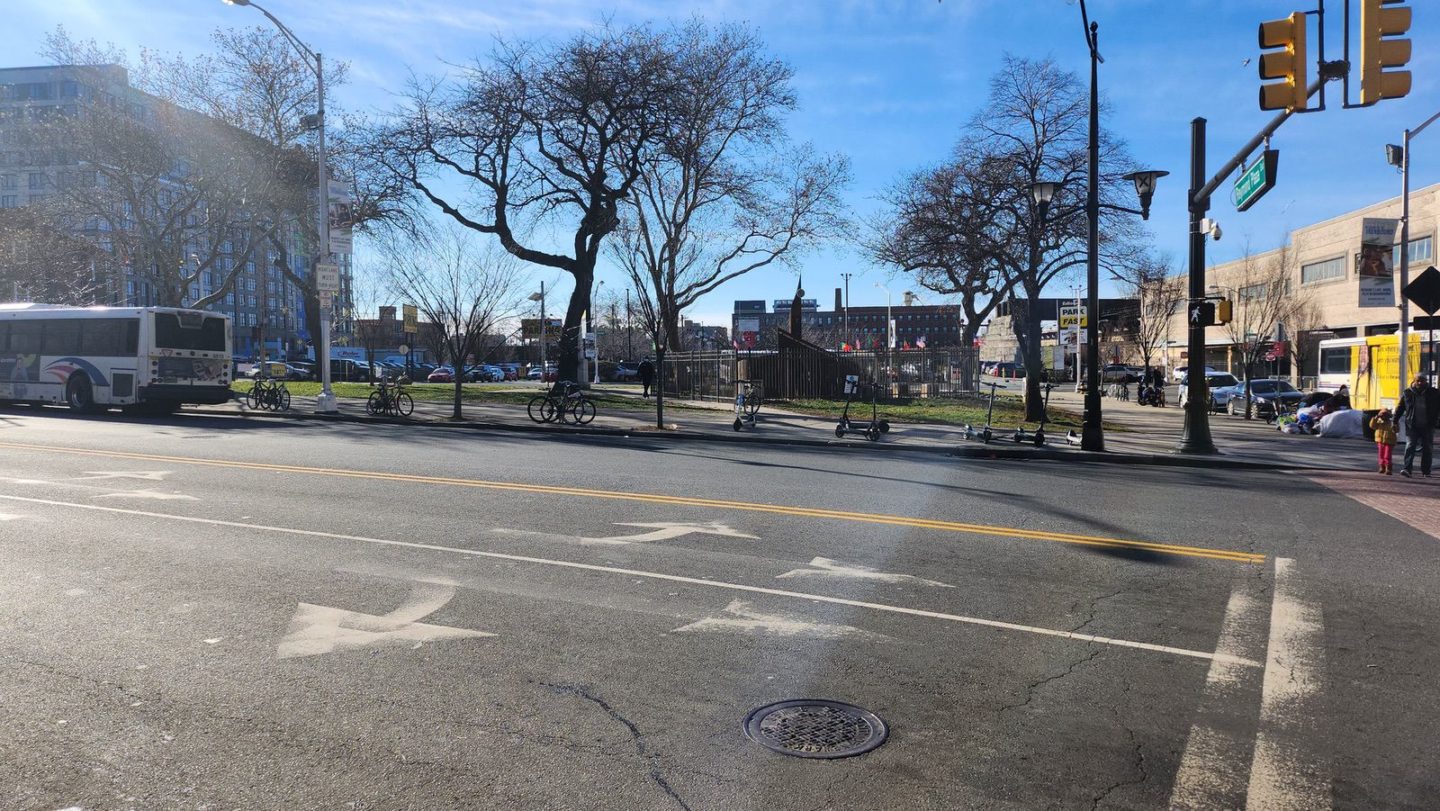
We Newarkers need to take a stand. We had to endure great hardships in our history, and we still have further to overcome. Our civic pride rests in demanding concrete and expedient investment in our transit infrastructure, to wrestle our streets away from the auto-mania that renders our city unsafe to pedestrians, cyclists, and transit commuters.
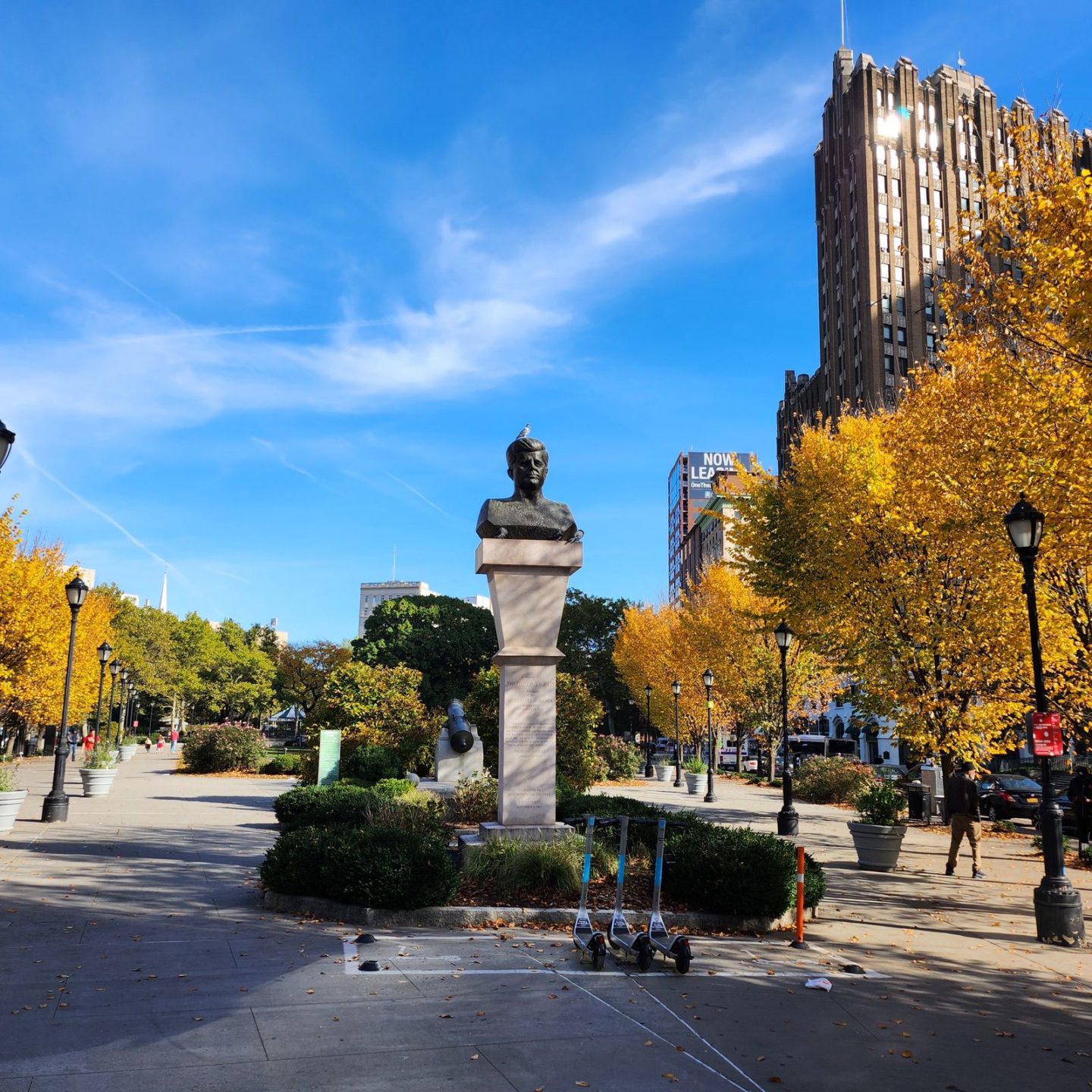
Investing in public transit is the kind of quality-of-life investment that will do far more to benefit our standard of living than any speculative boondoggle ever will. When you encounter an e-scooter on the streets of our city, tell your local council member and community leaders that Newark deserves better than to become Silicon Valley’s guinea pig.